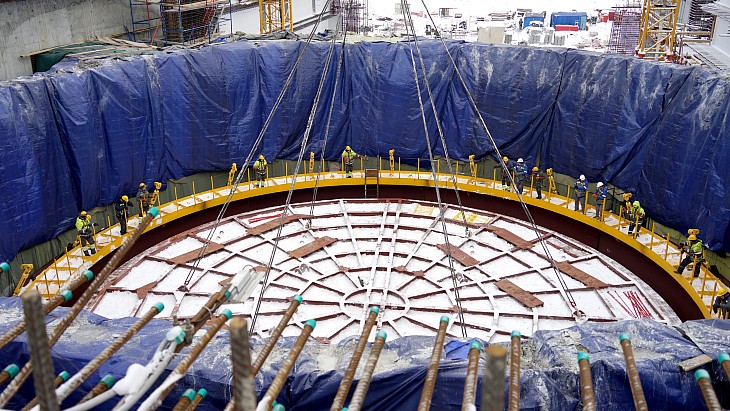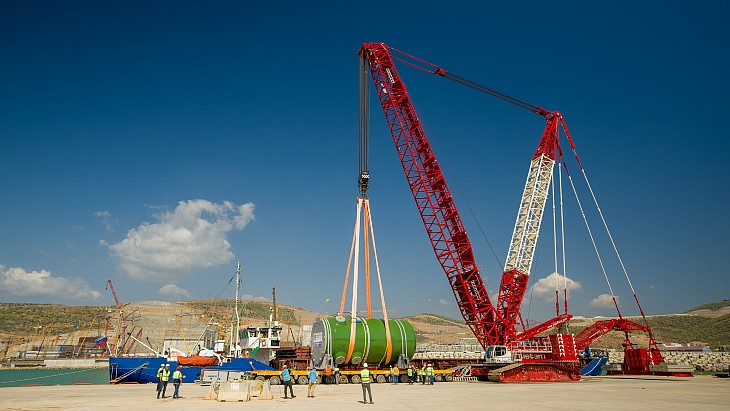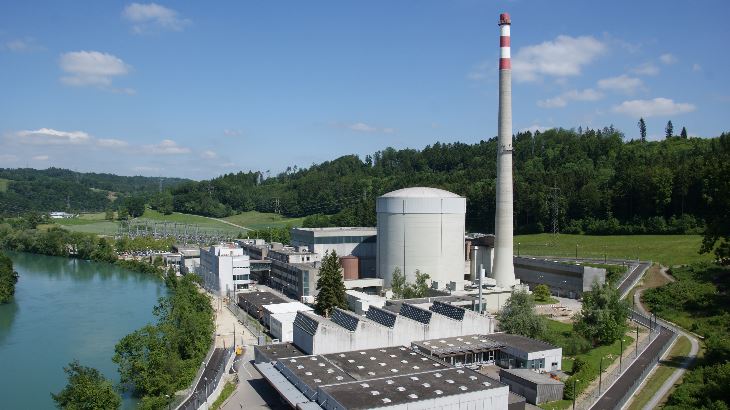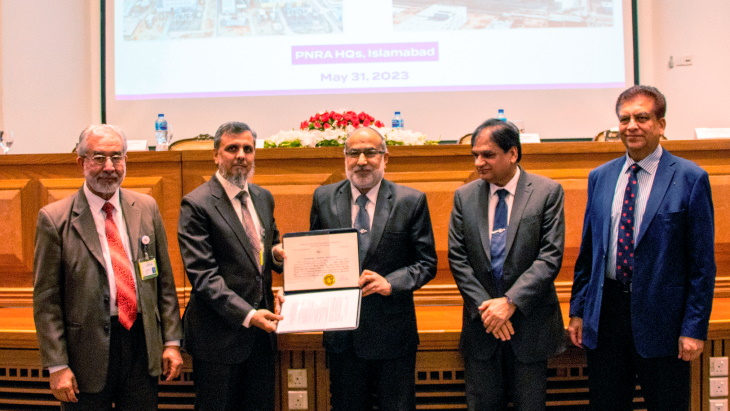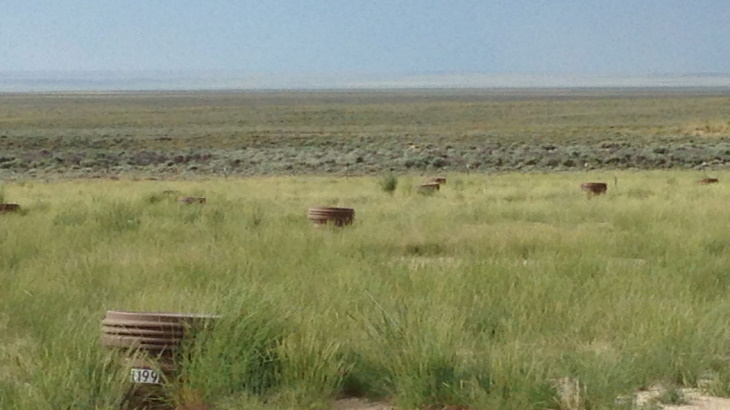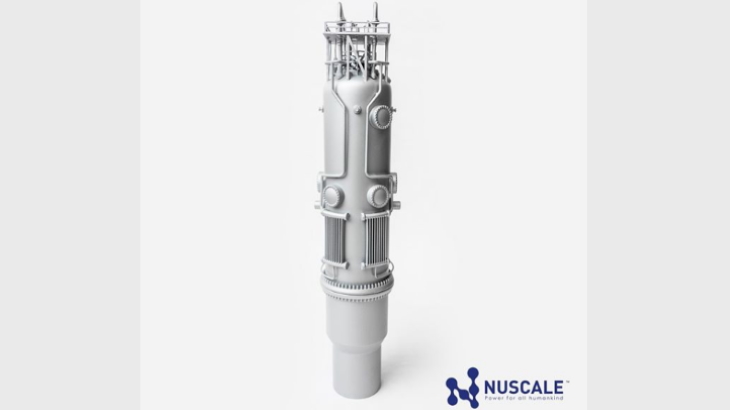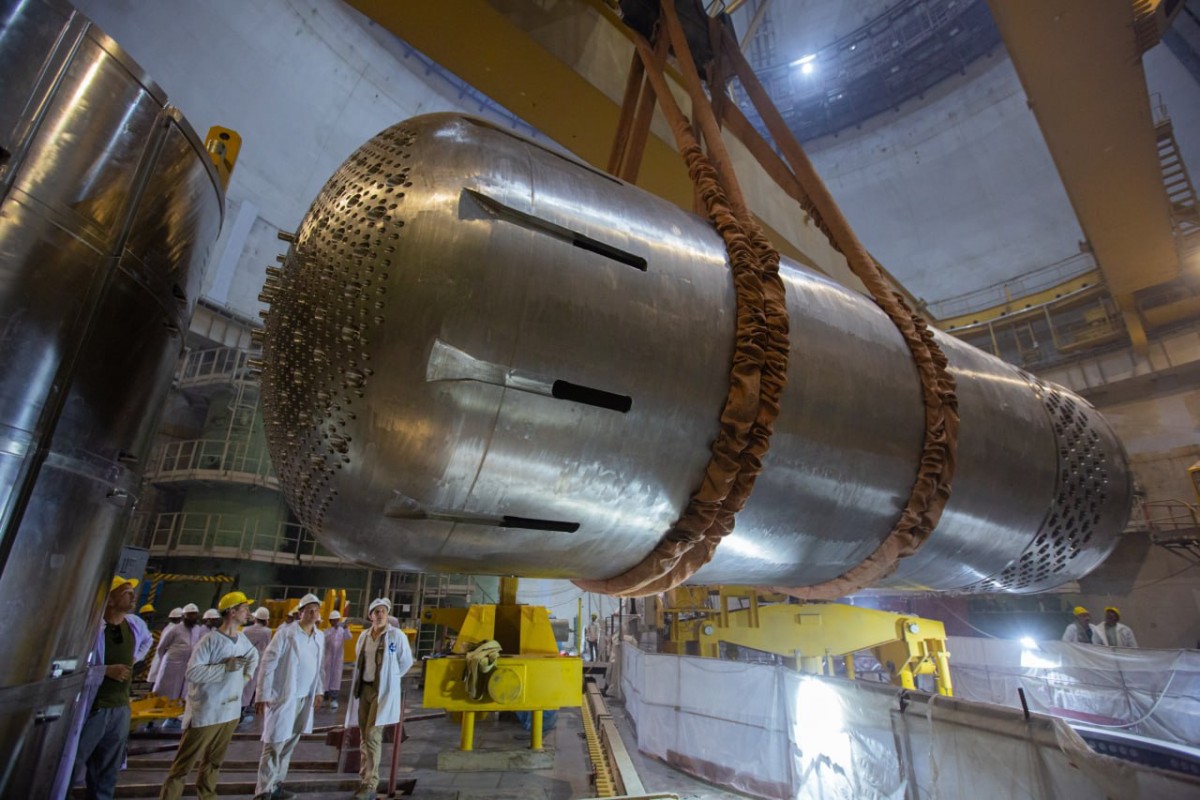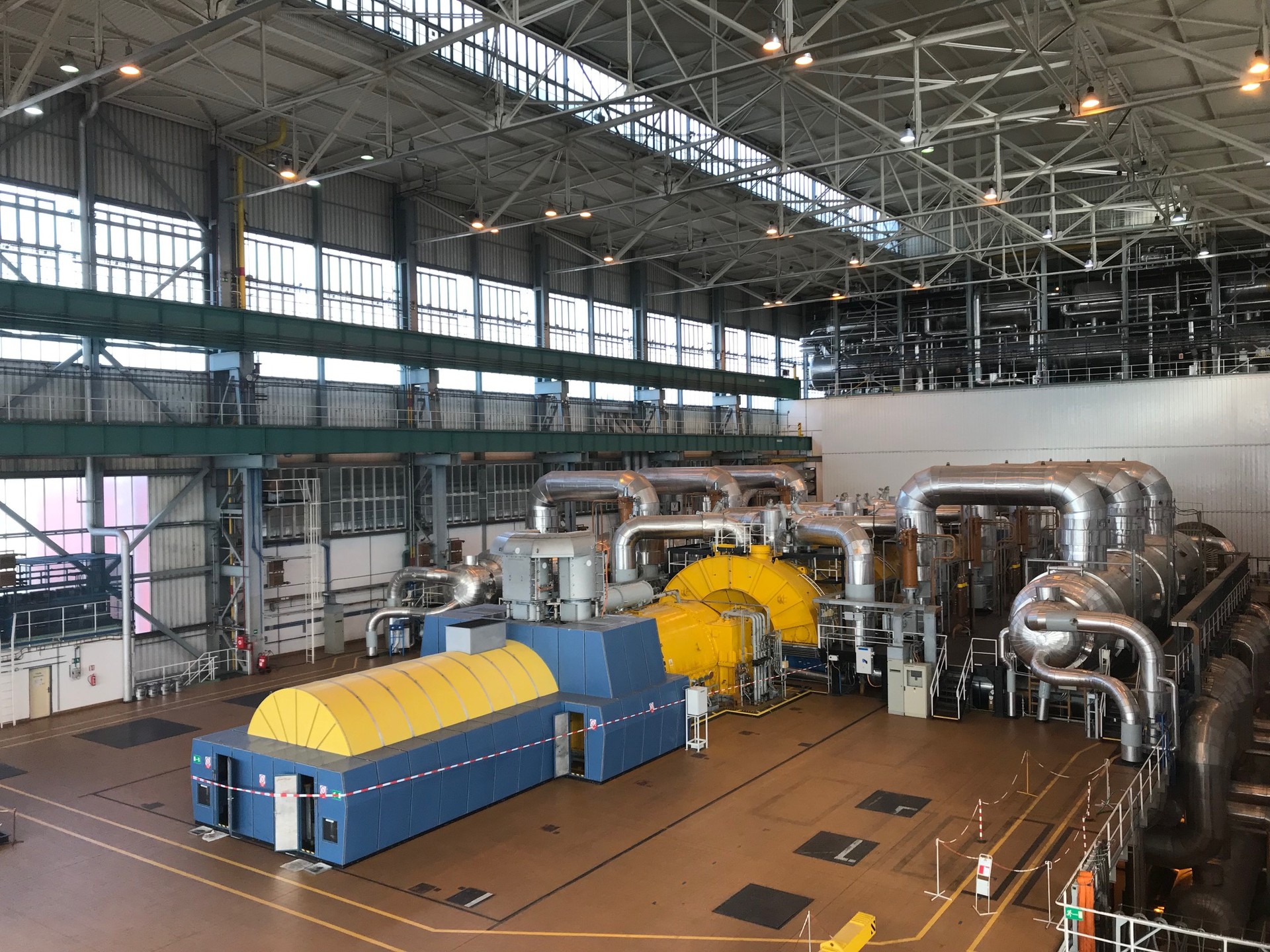 nuclear power plant
nuclear power plant
Numerous European nations, including non-nuclear or those in the process of phasing down nuclear power, have enthusiasm for next-generation nuclear technologies.
How Do Nuclear Power Plants Work?
Nuclear power plants produce power through the nuclear fission process by combining nuclear reactors with the Rankine cycle. The heat developed by the reactor transforms water into steam, which spins a turbine and generator to create electricity.
Atoms are broken down to create smaller atoms in nuclear fission, producing energy. Nuclear fission takes place within the nuclear power plant reactor. The core, which holds uranium fuel, is located in the heart of the reactor.
Ceramic pellets are made from uranium fuel. Each ceramic pellet generates approximately the same amount of energy as 150 gallons of gasoline. These high-energy pellets are assembled end-to-end. A fuel assembly is a collection of fuel rods, which can number in the hundreds. Numerous fuel assemblies are housed in a reactor core.
The heat generated in the reactor core by nuclear fission is required to boil water into steam, which turns the steam turbine's blades. When the turbine blades move, the turbine power generators generate energy.
Nuclear facilities use water from ponds, waterways, or the sea to cool the steam back into the water in a separate building at the power station called a cooling tower, or they use water from ponds, river systems, or the ocean. The cooled water is then recycled to generate steam.
Fission Reaction Inside the Nuclear Power Plant
Nuclear fission occurs when a fissile atomic nucleus, including plutonium-239 or uranium-235, receives a neutron and when the nucleus of the atom breaks into several smaller nuclei.
Even by radioactive decay's energetic standard, the fission process frequently produces gamma photons and releases a considerable quantity of energy. During the fission process, a significant quantity of energy is created, radioactive materials are formed, and several neutrons are discharged.
These neutrons can cause fission in a neighboring nucleus of fissionable material, releasing further neutrons that can repeat the sequence, resulting in a chain reaction where a significant number of nuclei fission and a massive quantity of energy is released. Such a chain reaction, if managed in a nuclear reactor, can supply power for the benefit of society.
Reactor As Nuclear Power Plant's Center
A nuclear power plant's center is its reactors. These contain and manage nuclear chain reactions that generate heat via a physical process known as fission.
A nuclear reactor is powered by the splitting of atoms, or known as fission, in which a particle or neutron is shot at an atom, which subsequently fissions creating two smaller atoms and several more neutrons.
Several of the neutrons released then collide with other atoms, leading them to fission and release further neutrons. This is called a chain reaction. The chain reaction's fission of atoms releases a significant quantity of energy as heat.
There are two types of nuclear water reactors:
• Pressurized water reactor (PWR)
• Boiling water reactor (BWR)
Pressurized water reactor
Nuclear fission boils the water in the reactor core, which is then pumped via tubes within a heat exchanger.
The tubes create steam by boiling a different supply of water. The steam is then utilized to create energy through a generator. The core water is then warmed in the nuclear reactor, and the cycle is repeated.
Boiling water reactor
BWRs generate steam and then heat the water directly inside the reactor vessel. Water is heated by fission when it is pumped up through the reactor core. Pipes carry the steam directly to a turbine, generating power. Unused steam is condensed back into water and regenerated in the heating process.
Safety of Nuclear Power Plants
The new methodology for ensuring the safety of nuclear power plants is the Extensive Damage Mitigation Guideline (EDMG) established by the United States Nuclear Energy Institute (NEI) in response to the 9/11 attacks. The policy earned worldwide attention when it was revealed to the public following the 2011 Fukushima nuclear disaster.
EDMGs are recommendations that provide plans for maintaining or restoring core cooling, confinement, and SFP cooling systems in the event that a major portion of the facility is destroyed by an explosion or fire.
